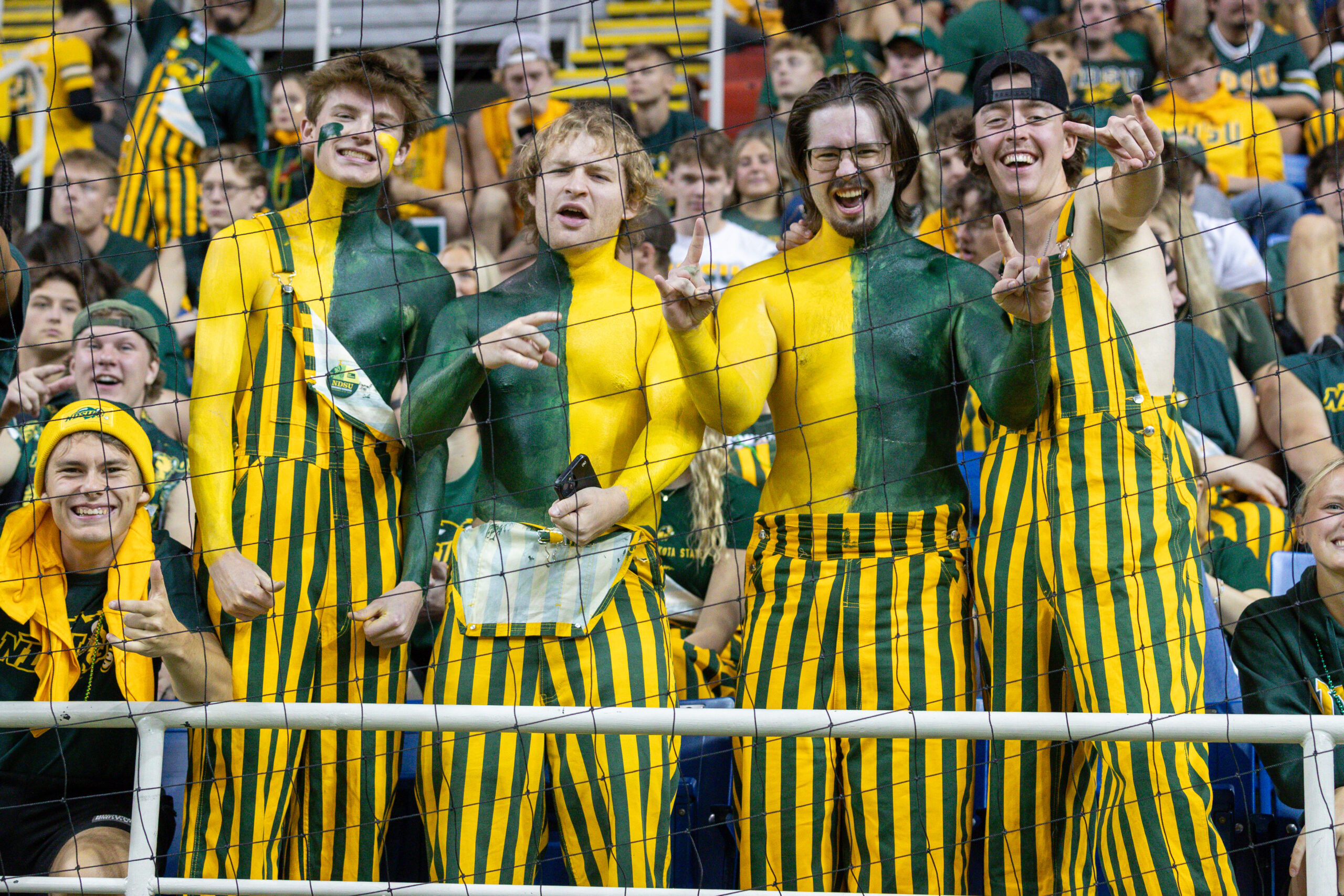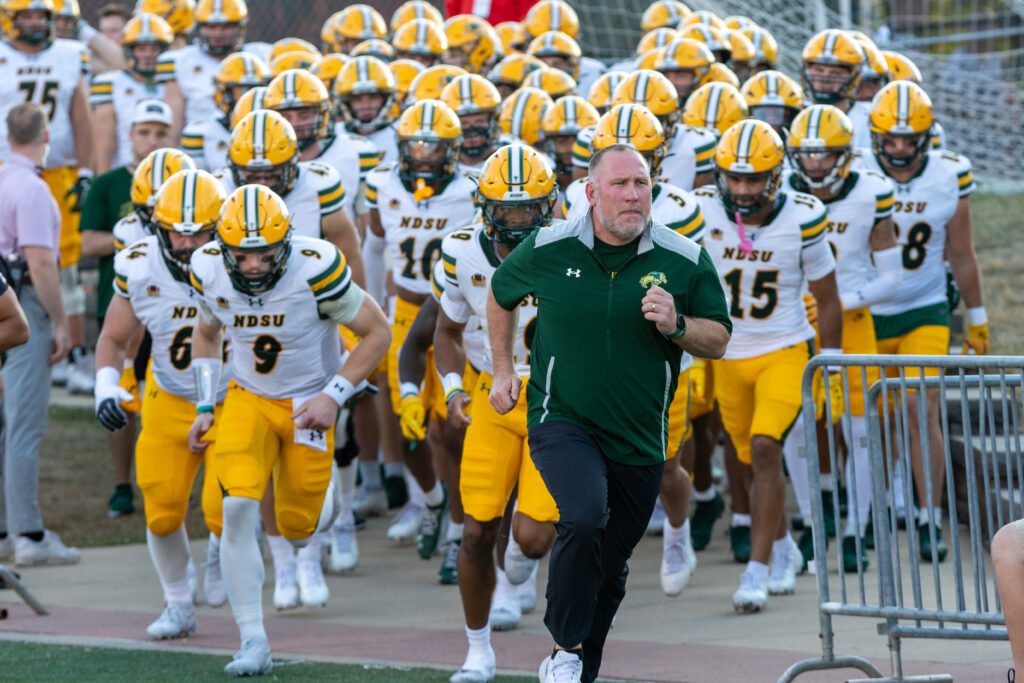
I happen to attend one of the best, in fact, the best football college in my State, and in its division – Division I NCAA subdivision II FCS (Football Championship Division). On game day, the space around the school is ecstatic with most students, alumni, fans, and college employees all dressed up in NDSU merch. My favorite outfit is the golden black striped overalls, which a good number of students will wear to the games. Other than the homecoming game, which elicits several activities throughout the week leading up to game day, the rest of the games usually have fewer activities but are intentional in building up to the game. During the homecoming week, non-sports-related activities like free popcorn, free RedBull, parade on the night before the game where the school band entertains students alongside the cheerleaders, and a lot of yard games are lined out, treasure hunt, shirt sales, among other activities keep students hyped for the homecoming game. On the other hand, for a regular home game, the marketing team “literally” spams our inboxes with emails about the game (same and even more emails for the homecoming game). And every Friday, the store sells NDSU merch at a discounted price in an effort to get students to buy fan gear for the games.
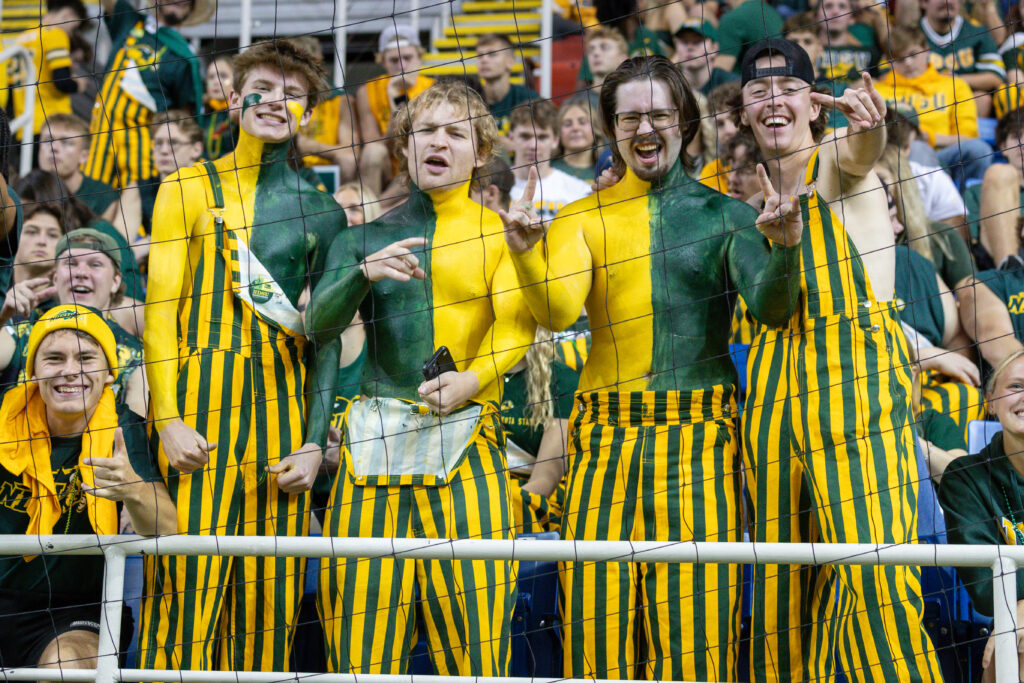
On game day, most school buildings are empty, and in any case, anyone you meet will be either in the golden or green NDSU merch, either going to the Fargo Dome (the home of the Bisons) or returning from there. An interesting aspect of most of these people is a common response, “No,” to most questions asked about football.
Out of ten American students, asked, “Do you care for the game (football)?” Usually, five will respond, “Not really. I just go to the games for fun and experience.” The case gets more interesting for international students, who, like me, learned about American Football when we came to America but had no prior knowledge about the game. And yet out of ten international students, eight will be excited for the game day, but when asked, “Do you even understand the game?” They respond, “I barely follow the game.”
Usually, games start at around 2:00 pm, but by 10:00 am, “herds” of students and fans from the community flood around the Fargo dome for an American tradition, tailgating. In its raw definition, tailgating is where people host a social event and a meal is served from the boot of the car, especially in the parking lot of a sports stadium. At the tailgate, there are a bunch of activities that keep fans engaged as we wait for the entrance gates to usher us into the Fargo dome. Games like cornhole, catch, ladder golf, among others, and there is a deejay to keep the mood heightened.
In one of my sports classes, as we studied the history of sports and its growth to become the billion-dollar industry it has become today in the USA, the professor stated, “Fans don’t come to watch the game in person because they love the game that much. They could as well sit in the comfort of their couches and eat popcorn in front of their big screens. They come for the experience!”
Indeed, when one closely looks at the American sports industry, it’s not just sports, but it’s sports entwined with entertainment. I don’t rule out the fact that a fan may go to a Lakers game just to see Lebron James play live, but what drives most fans to these arenas is the marketing and the experience. Beyond college games, I have attended professional games in the Major League Baseball MLB and Major League Soccer. The atmosphere at the games is more ecstatic, and the cities within which these teams play are empty on game days apart from the traffic all headed to their stadiums for gathering game.
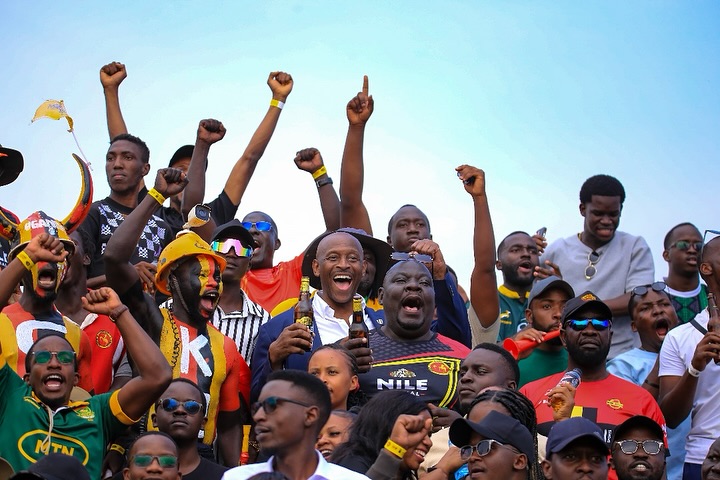
Back to my beloved country, Uganda, I was so excited to see NRG have a mascot who attends most of the national league basketball games and dances alongside the sidelines of the court. That is an impressive effort to sell the game beyond watching Sommet giving a tough time to City Oilers. It looks like a crazy effort to a non-sports business person, but it would shock us to know that someone may be coming to the games to just watch the cute teddy bear dance by the sideline. Just like the same sports professor quoted above once said, “Everyone comes to the games for a different reason. Probably, there is someone who loves to stare at the cheerleaders.”
Marketing and fan experiences are intentional activities that our sports industry needs to tap into to grow bigger and larger. There are games that try at this and have tapped into this, but they could do even more with the potential they have. For example, rugby may be one of the most-watched sports in Uganda. One of the places that pulls the biggest crowd is Kyaddondo. Alcohol is one of the biggest motivators for attendance, but the famous kyadi pork makes it an ideal must go to sports location. And the federation has gone beyond just the central region to hold destination tournaments in almost every corner of the country. The sport’s finest men and women board buses, and fans also hitchhike, while others have created fan buses to transport them upcountry for the destination games. Another continental experience is the BAL Afrique, which has heavily tapped into the entertainment industry. I can’t imagine how many people go to BAL games not to see those seven-foot men chasing one ball and dunking above each other, but to watch a musician perform or see NBA athletes sit courtside. Even if we argue that it’s only one fan there for a purpose other than the game, it still counts towards the ticket sales.
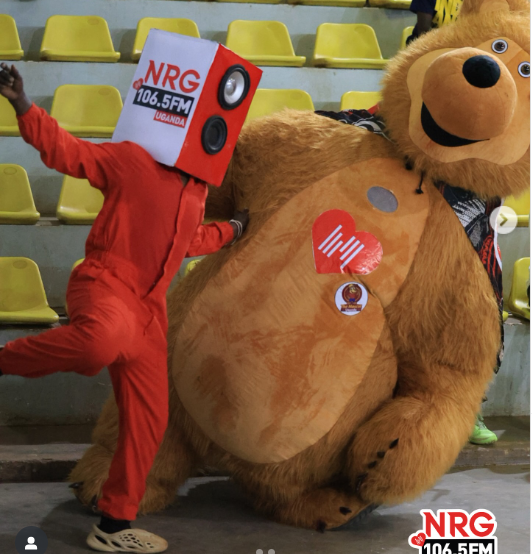
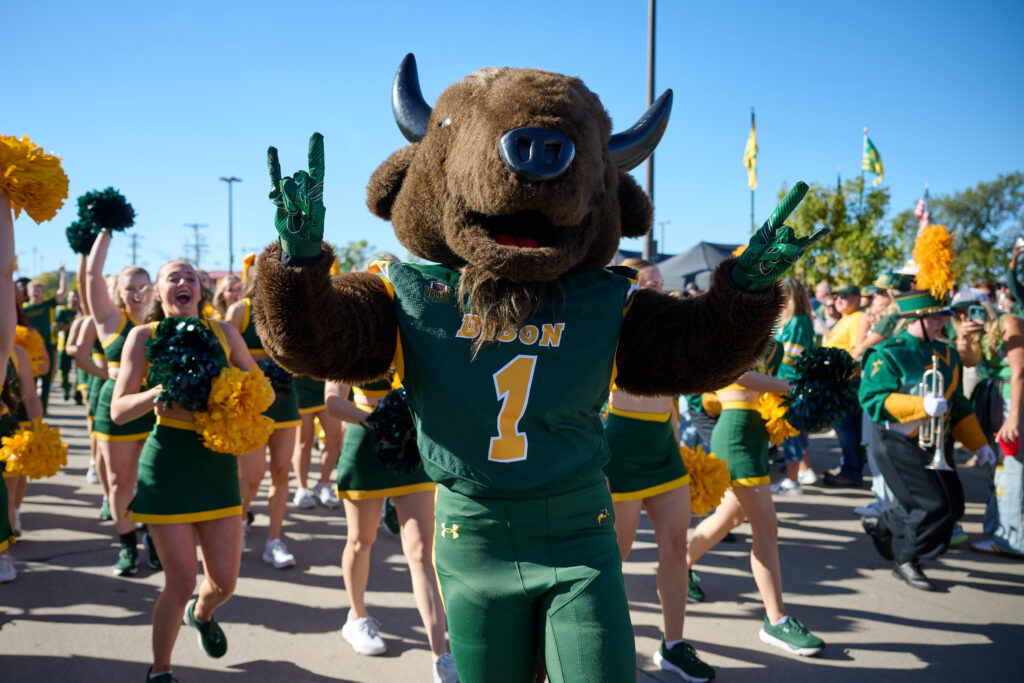
In continued efforts to grow the sports industry on the African continent and in our respective countries, we should continue to seek ways to improve the fan experience beyond the game. Think of an activity as small as having children kick a ball to knock a cone at half time, with a prize as small as UGX 100,000. How many parents would buy tickets motivated by the possibility of their child kicking the ball at the cone?
Ending with a quote from Adam Silver, NBA commissioner, “In this age, the term ‘engagement’ has developed several meanings. For fans, it is no longer about what they see on the pitch or on the court; it’s also what they see off it, and quite often online.”
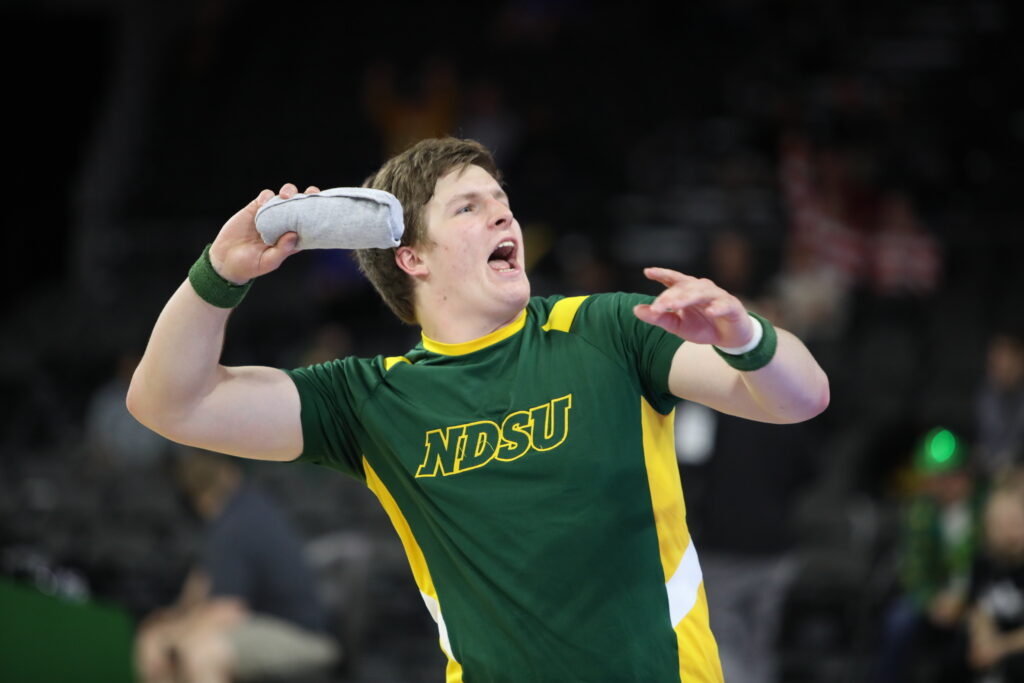
It’s beyond the game!

